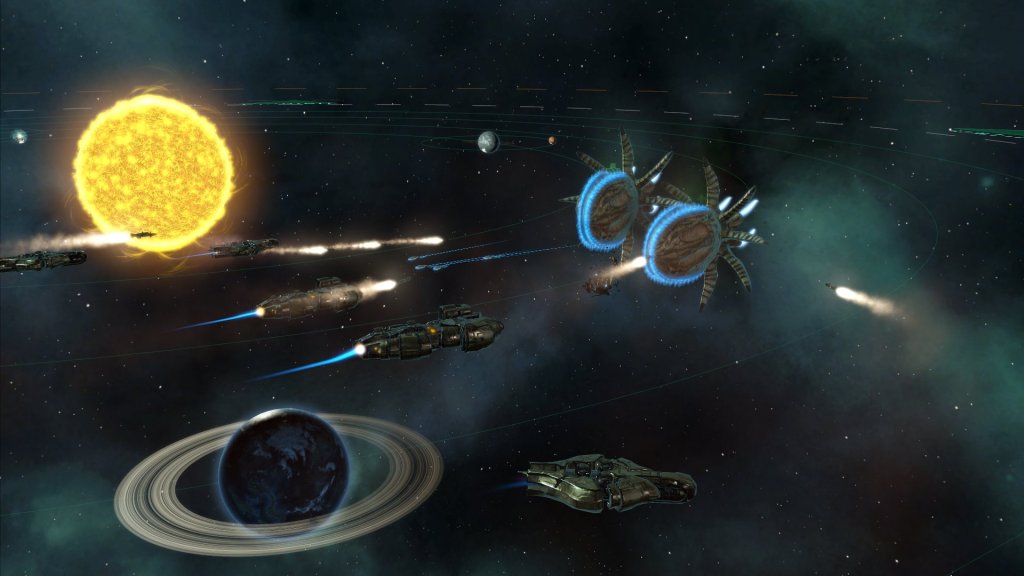Stellaris will have been out for a year on May 9, 2016, and, like any 4X Grand Strategy game, it's undergone a fair bit of drastic changes over these last 11 months. In fact, many people say a good 4X game takes about a year to sort of "figure things out."
I'm in a unique situation because I…











